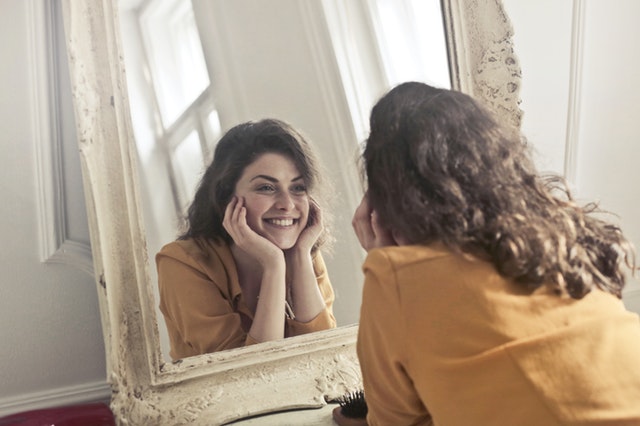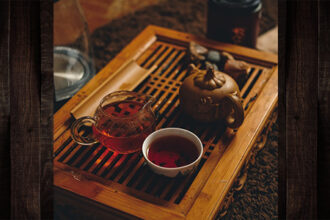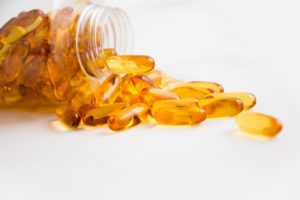Forget expensive anti-ageing creams which claim to reverse the signs of ageing. A new study shows that simply undertaking facial exercises for 30-minutes-a-day can knock years off the appearance in as little as five months. Facial workouts, also known as face yoga, is a beauty trend which has emerged in the past few years, and promises to be a non-invasive alternative to botox or surgery.
Although it may feel a little foolish to contort the features into a series of unbecoming poses, which include The Lion, The Joker and Fishy Lips, proponents insist it increases blood circulation to all three layers of the skin, allowing oxygen and nutrients to reach cells.
The techniques are also said to stimulate collagen and elastin production in the dermis – the middle layer of skin – making the face more supple, tighter and, most importantly, younger looking.
Now a new study by Northwestern University suggests it actually works. When 27 middle-aged women embarked on a course of facial exercises for five months, an independent panel of raters concluded that they appeared on average three years younger.
“Now there is some evidence that facial exercises may improve facial appearance and reduce some visible signs of aging,” said lead author Dr Murad Alam, vice chair and professor of dermatology at Northwestern University Feinberg School of Medicine.
“The exercises enlarge and strengthen the facial muscles, so the face becomes firmer and more toned and shaped like a younger face.
“Assuming the findings are confirmed in a larger study, individuals now have a low-cost, non-toxic way for looking younger or to augment other cosmetic or anti-aging treatments they may be seeking.”
As the face ages the skin loses elasticity and the fat pads between the muscle and the skin become thinner. It is those pads of fat which give the face shape and a plump, youthful appearance. But as the skin becomes saggy, the fat pads slide down causing the face to ‘fall.’
“But if muscle underneath becomes bigger, the skin has more stuffing underneath it and the firmer muscle appears to make the shape of the face more full,” said senior study author Dr Emily Poon, an assistant research professor in dermatology at Feinberg.
“Muscle growth is increasing the facial volume and counteracting the effects of age-related fat thinning and skin loosening.”
The study also found that after the first nine weeks, the women were able to do the exercises on every other day to see the same impact.
The programme comprised of 32 facial exercises, which were developed by Gary Sikorski of Happy Face Yoga, who was also a co-author on the study.
One known as The Cheek Lifter involved opening the mouth for form an ‘O’ before positioning the upper lip over teeth, smiling to lift cheek muscles up, then lightly raising and lowering the cheek muscles with the fingers.
Another exercise called The Happy Cheeks Sculpting involved smiling without showing teeth, pursing the lips together then placing the fingers on the corners of the mouth and slide them up to the top of the cheeks and holding for 20 seconds.
“Facial exercises that may be beneficial include those that entail puckering and squeezing the cheeks,” Prof Alam added
“There are many muscles that collectively allow movement of the cheeks, and our study showed that building these up makes the upper and lower cheeks look fuller.”
A panel who were asked to rate the change found that upper cheek and lower cheek fullness, in particular, was significantly enhanced as a result of the exercises.
In addition, the raters estimated average patient age decreased over the course of the study from an average of 50.8 years to 48.1 years at 20 weeks.
“That’s almost a three-year decrease in age appearance over a 20-week period,” added Prof Alam.
The women involved in the study also reported being highly satisfied with the results.





